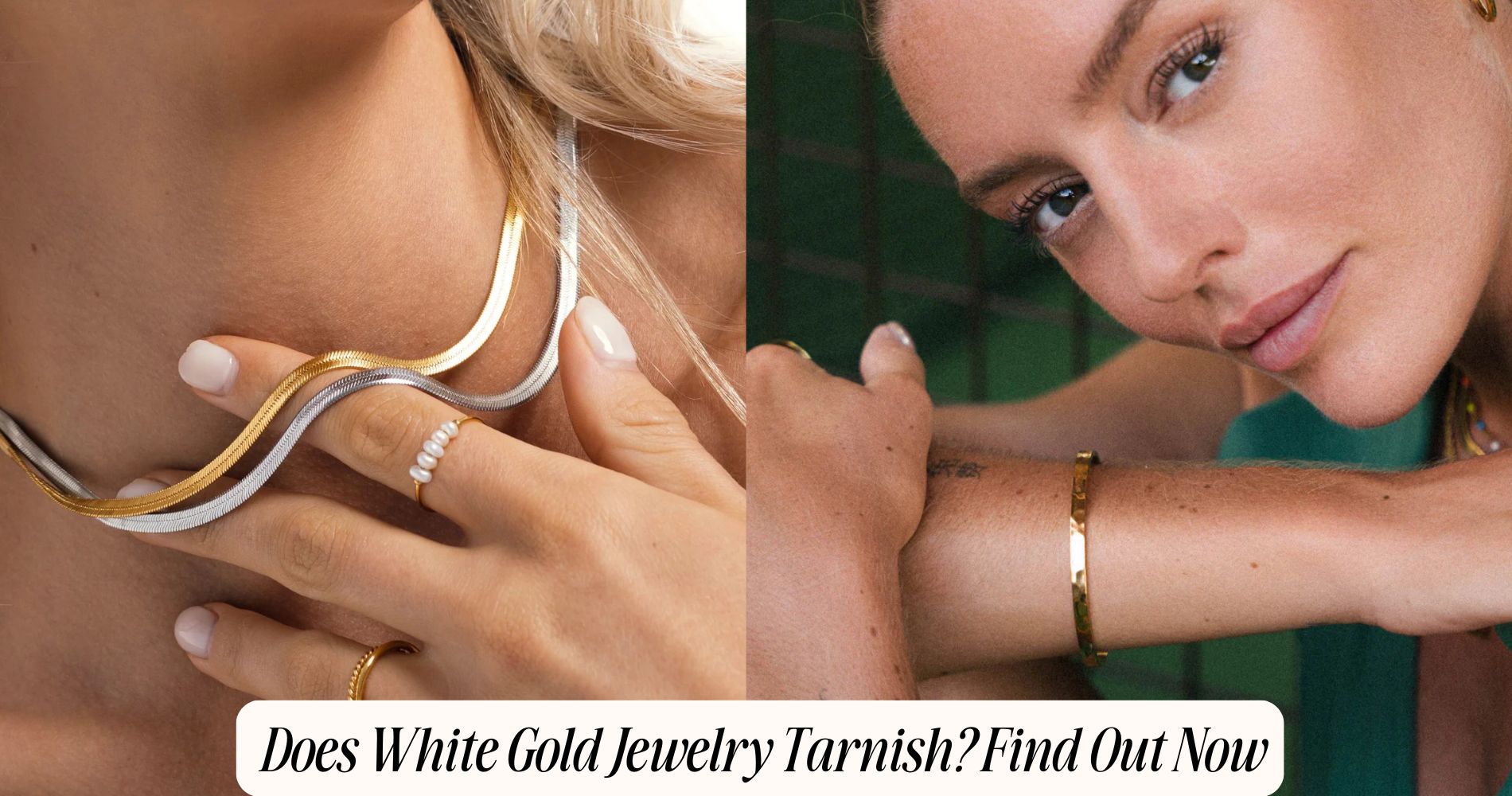
Does White Gold Jewelry Tarnish? Find Out Now
Does white gold jewelry tarnish? The short answer is yes—it can lose its bright luster over time. White gold is actually an alloy made from pure gold mixed with white metals like nickel or palladium, then coated with rhodium for added shine and protection. With daily wear, exposure to chemicals, and tiny scratches, that rhodium layer gradually wears off, exposing the alloy underneath, which may discolor. To keep your white gold shining, regular care and professional maintenance are key—or explore our waterproof jewelry, crafted to resist everyday wear and moisture. Read on to see what truly sets white gold apart from other metals.
What Is White Gold and How Is It Made?
White gold is an alloy created by combining pure gold with white metals such as palladium, nickel, or silver to achieve a silvery-white appearance and improved durability.
When you select white gold jewelry, you’re choosing a piece with a specific metal purity, usually 14K or 18K, which means it contains 58.5% or 75% pure gold, respectively. The remaining percentage is made up of the chosen white metals, forming the alloy composition.
This blend not only alters the color but also increases the hardness of the jewelry compared to yellow gold. Jewelers precisely control the alloy composition to balance metal purity, durability, and color.
The resulting material is then shaped, polished, and often coated with rhodium for additional brightness and enhanced surface protection.
Why Does White Gold Look So Shiny?
Thanks to its meticulous finishing process, the luminous shine of white gold jewelry stands out among precious metals. When you examine white gold, you'll notice its reflective brilliance comes from both its metal alloy composition and the skilled craftsmanship involved in polishing.
White gold is an alloy, typically combining pure gold with metals such as palladium, nickel, or silver to enhance strength and produce a silvery hue. This unique blend not only improves durability but also resists the oxidation process better than pure gold.
After alloying, jewelers use precision polishing techniques to create a mirror-like surface, allowing light to reflect with maximum intensity. This combination of carefully selected metals and expert finishing guarantees your white gold jewelry maintains its sophisticated, eye-catching shine over time.
The Role of Rhodium Plating in White Gold Jewelry
Although the underlying alloy gives white gold its strength and silvery tone, jewelers apply a layer of rhodium plating to achieve the jewelry’s signature bright white finish.
Rhodium, a member of the platinum family, is prized for its high reflectivity and resistance to oxidation and corrosion. When you wear white gold jewelry, the rhodium plating acts as a protective barrier, shielding the gold alloy beneath from scratches and everyday wear.
This not only enhances the jewelry’s visual appeal but also improves metal durability by preventing exposure of the slightly yellowish gold alloy. Over time, the rhodium layer can wear thin, so periodic replating is recommended to maintain both brilliance and protection.
Rhodium plating elevates white gold’s durability and aesthetics markedly.
Common Causes of Discoloration in White Gold
Even with proper rhodium plating, several factors can cause white gold jewelry to lose its luster and develop discoloration. The underlying alloy composition plays a significant role; white gold is typically mixed with metals like nickel, palladium, or silver to achieve its color and strength.
If your jewelry contains higher concentrations of reactive metals, it's more susceptible to oxidation issues. These chemical reactions can create a yellowish or dull appearance as base metals interact with moisture, air, or skin acids.
Additionally, daily wear exposes your jewelry to lotions, perfumes, and household chemicals, accelerating discoloration. Micro-abrasions from friction can thin the rhodium layer, revealing the underlying alloy and further promoting visible color changes.
Understanding these causes helps you maintain your white gold’s pristine appearance.
Does White Gold Actually Tarnish or Fade?
Understanding the causes of discoloration highlights a common question: does white gold actually tarnish or fade?
Unlike pure gold, white gold is an alloy—typically mixed with metals like nickel, palladium, or silver for added strength and a whiter appearance. The alloy itself doesn’t tarnish easily, thanks to gold’s non-reactive properties.
However, white gold jewelry is almost always coated with rhodium, enhancing its brightness and surface durability. Over time, normal wear can cause this rhodium layer to wear away, revealing the slightly yellowish hue of the underlying alloy.
This isn’t technically tarnish, but rather fading or loss of luster. Effective tarnish prevention relies on understanding these durability factors and maintaining the rhodium plating to preserve your jewelry’s bright, white finish.
How to Recognize Changes in Your White Gold Jewelry
When your white gold jewelry starts to lose its original brilliance, you’ll notice subtle indicators that signal changes in its appearance. Pay close attention to color changes—white gold often reveals a yellowish hue as the rhodium plating wears away, exposing the underlying alloy. This yellow tint results from the natural color of gold beneath the surface finish.
Additionally, watch for oxidation signs, such as dull patches or a lack of luster, which indicate the breakdown of the protective rhodium layer and exposure to environmental elements. Fine scratches or abrasions can make these changes more apparent by disrupting light reflection.
If your piece appears less radiant or develops uneven tones, these are clear technical markers that your white gold is experiencing surface alteration.
Tips for Caring for and Cleaning White Gold
While white gold offers a brilliant, lustrous finish, maintaining its appearance requires targeted care and proper cleaning methods.
To clean your white gold jewelry, use a mild, non-abrasive soap diluted in warm water. Soak your pieces for 20–30 minutes, then gently brush with a soft-bristled brush to remove debris and buildup. Rinse thoroughly and pat dry with a microfiber cloth to avoid scratching the rhodium plating.
Avoid harsh chemicals, ultrasonic cleaners, and abrasive materials, as these can erode the surface or compromise the alloy’s integrity.
For best longevity, follow storage tips such as placing each piece in a soft pouch or lined jewelry box compartment, preventing friction and minimizing exposure to air. Store away from direct sunlight and humidity to inhibit tarnish and preserve brilliance.
Professional Maintenance: When and Why It Matters
Even with diligent at-home care, periodic professional maintenance is essential to preserve the structural integrity and appearance of white gold jewelry. Over time, the rhodium plating that gives white gold its signature luster can wear thin, exposing the yellowish gold alloy beneath.
During professional cleaning, jewelers use ultrasonic cleaners and steamers to remove embedded debris and restore brilliance without compromising the metal. They’ll also inspect for prong wear, loose stones, or microcracks that could compromise the piece’s durability.
If necessary, a jeweler can reapply rhodium plating, ensuring your jewelry maintains its bright, white finish. Scheduling jewelry maintenance every 12 to 18 months helps prevent long-term damage and keeps your investment looking pristine, reducing the risk of costly repairs down the line.
Comparing White Gold to Other Precious Metals
Although white gold remains a popular choice for its bright, modern appearance, it’s important to understand how it compares to other precious metals such as platinum, yellow gold, and sterling silver.
White gold is a metal alloy, typically combining pure gold with metals like nickel or palladium for strength and its signature hue. Unlike platinum, which is naturally white and hypoallergenic, white gold requires rhodium plating to maintain its luster and resist tarnish.
Yellow gold, also a metal alloy, contains copper or silver, resulting in a warmer tone and less susceptibility to plating wear.
Sterling silver, while affordable and reflective, tarnishes more easily due to its copper content.
When you’re setting precious stones, white gold’s hardness offers better security than softer metals like silver.
Frequently Asked Questions
Can White Gold Jewelry Cause Skin Allergies or Reactions?
You might experience skin sensitivity or metal allergies from white gold jewelry, especially if it contains nickel alloys. These reactions occur when your skin's immune system responds to metals, causing redness, itching, or dermatitis.
Is White Gold Suitable for Engagement or Wedding Rings?
You’ll find white gold highly suitable for engagement or wedding rings because its durability withstands daily wear. Thanks to rhodium plating, you enjoy enhanced white gold color options and a bright, reflective finish that retains elegance over time.
How Does White Gold’S Value Compare to Yellow Gold?
When comparing white gold durability and yellow gold value, you’ll notice white gold offers enhanced scratch resistance due to its alloy composition. However, yellow gold value typically remains higher per karat because it contains a greater percentage of pure gold.
Can White Gold Be Resized or Repaired Easily?
You can easily resize or repair white gold, but jewelers must reapply rhodium plating after adjustments. For ideal white gold maintenance, schedule professional white gold cleaning and regular inspections to guarantee structural integrity and lasting brilliance.
Are There Ethical or Sustainable Options for White Gold?
You can choose white gold jewelry made with ethical sourcing, where gold is responsibly mined, and sustainable manufacturing, which minimizes environmental impact. Look for certifications like Fairmined or recycled gold, ensuring traceability and industry-standard responsible practices.
Conclusion
In conclusion, while white gold itself doesn’t tarnish like silver, its rhodium plating can wear thin, exposing the slightly yellowish gold alloy beneath. You’ll notice fading or dullness, signaling it’s time for professional replating. By understanding white gold’s composition and maintenance needs, you can preserve its luster. Regular cleaning, gentle handling, and periodic inspections ensure your jewelry retains its brilliance, setting it apart from other metals like platinum or sterling silver in both durability and appearance.







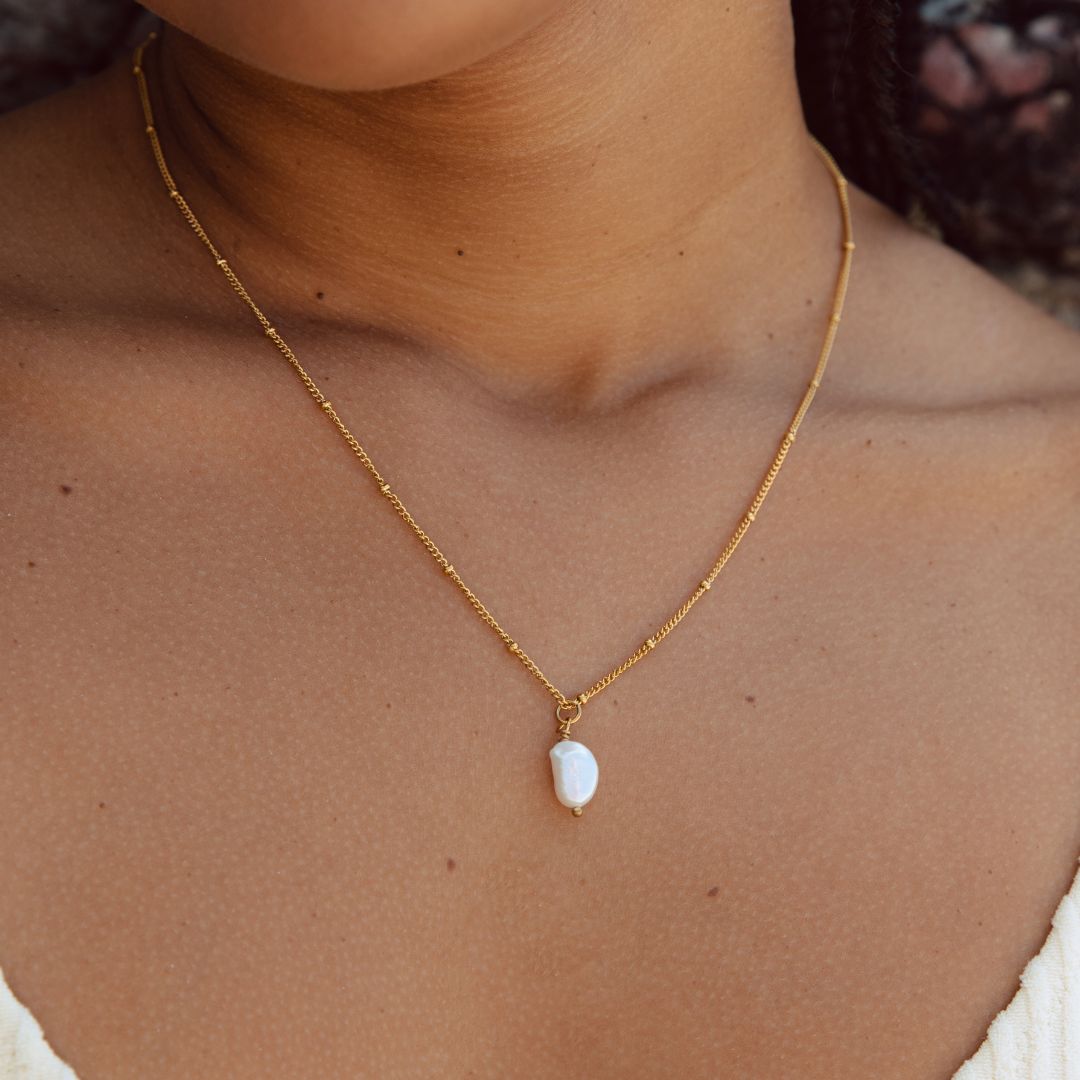

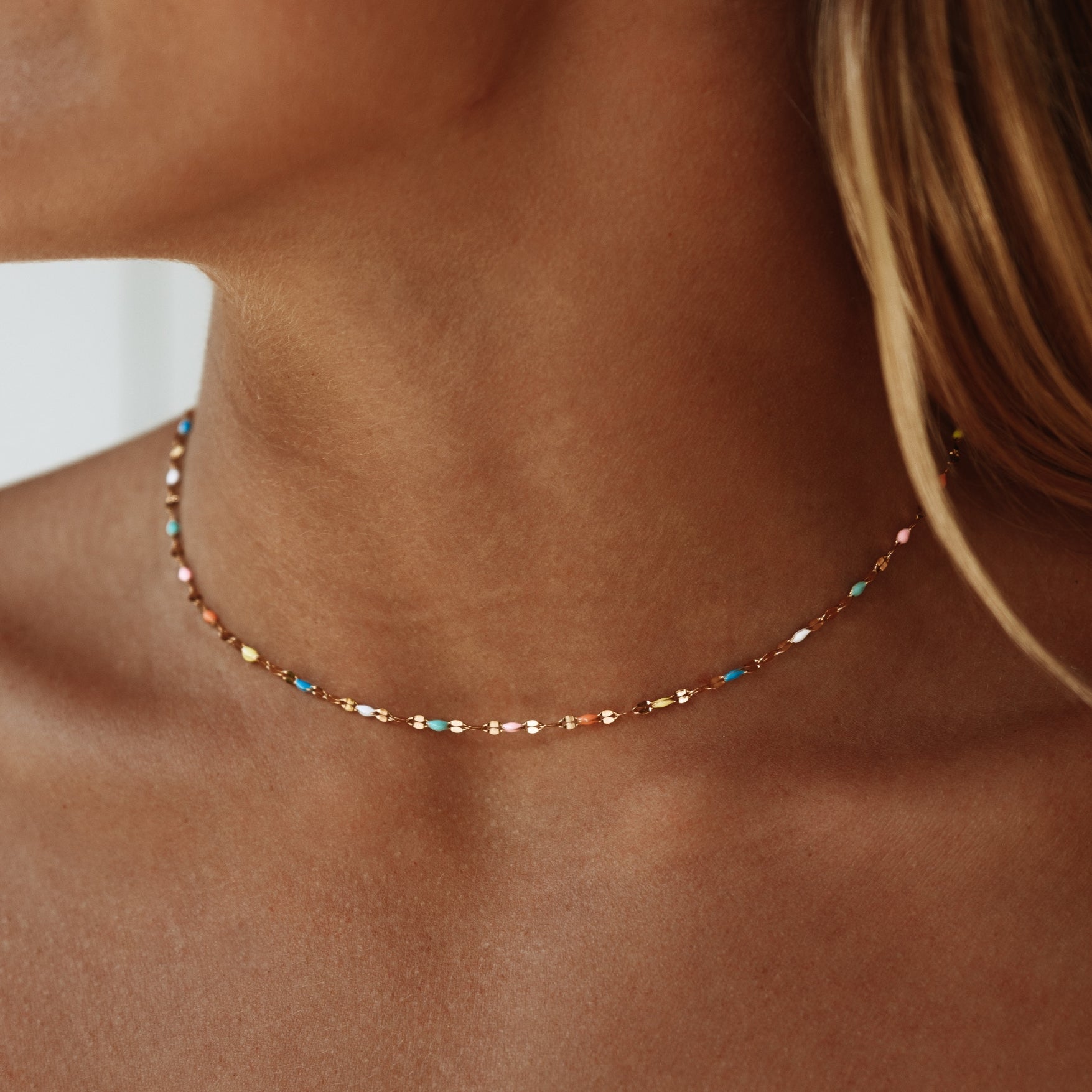


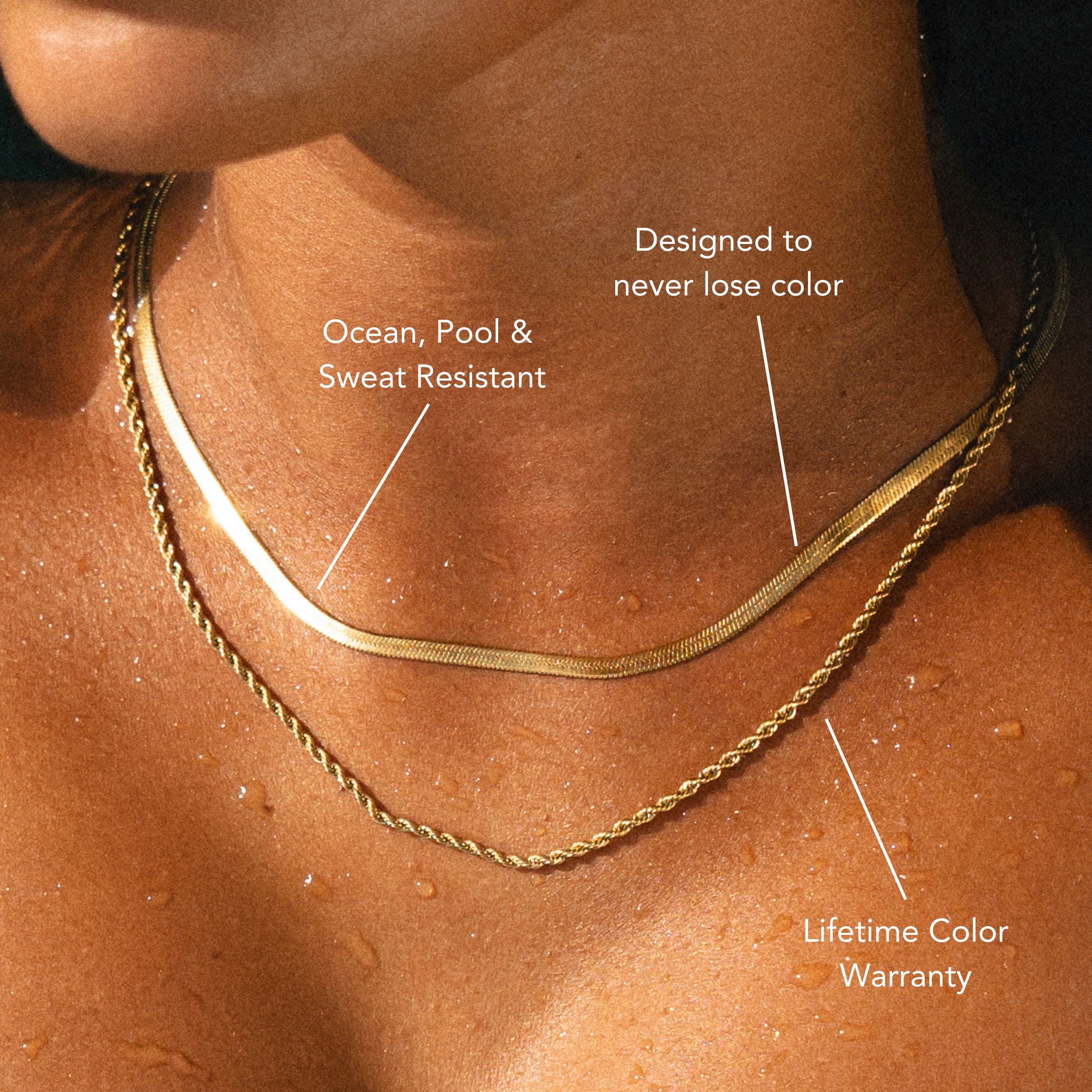
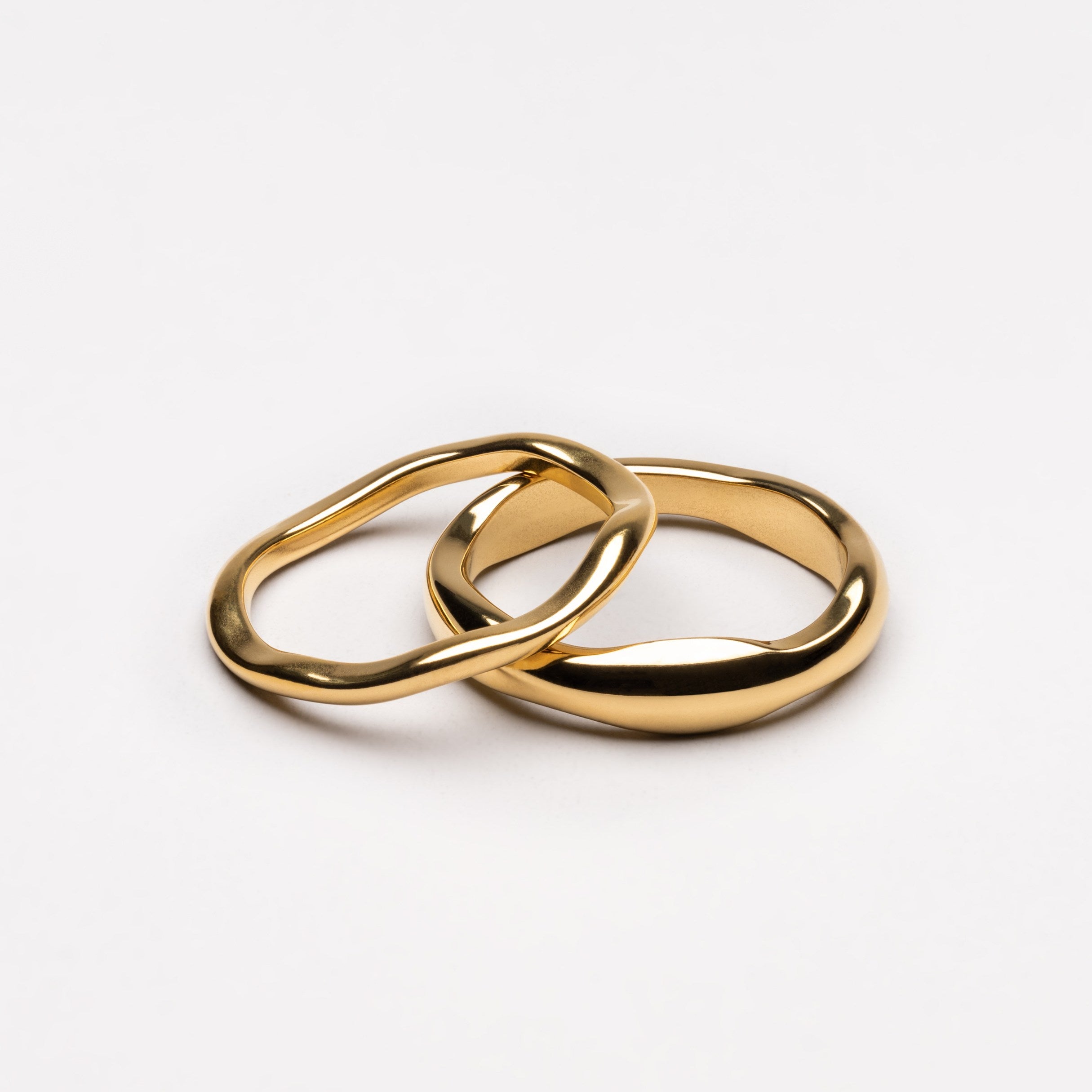
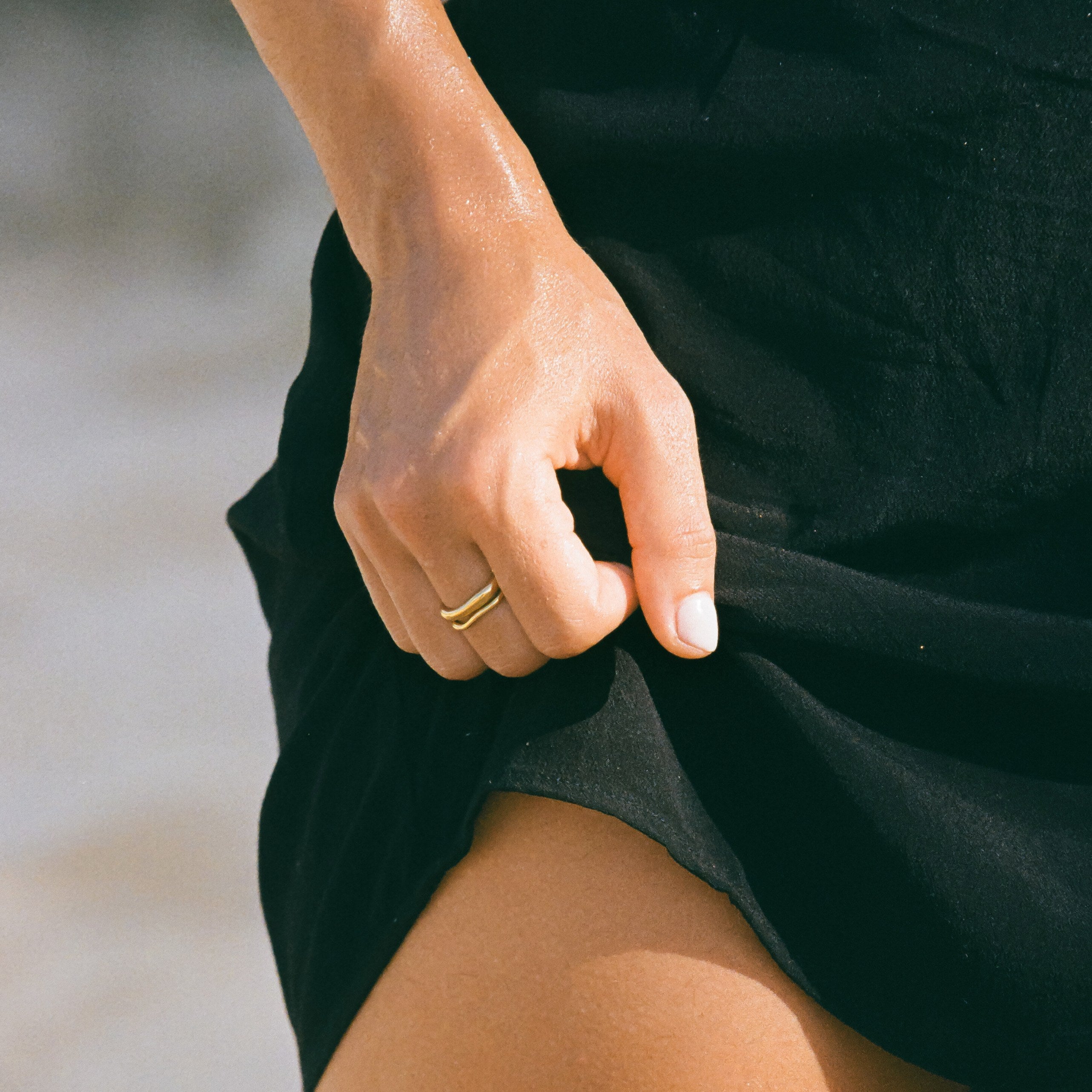

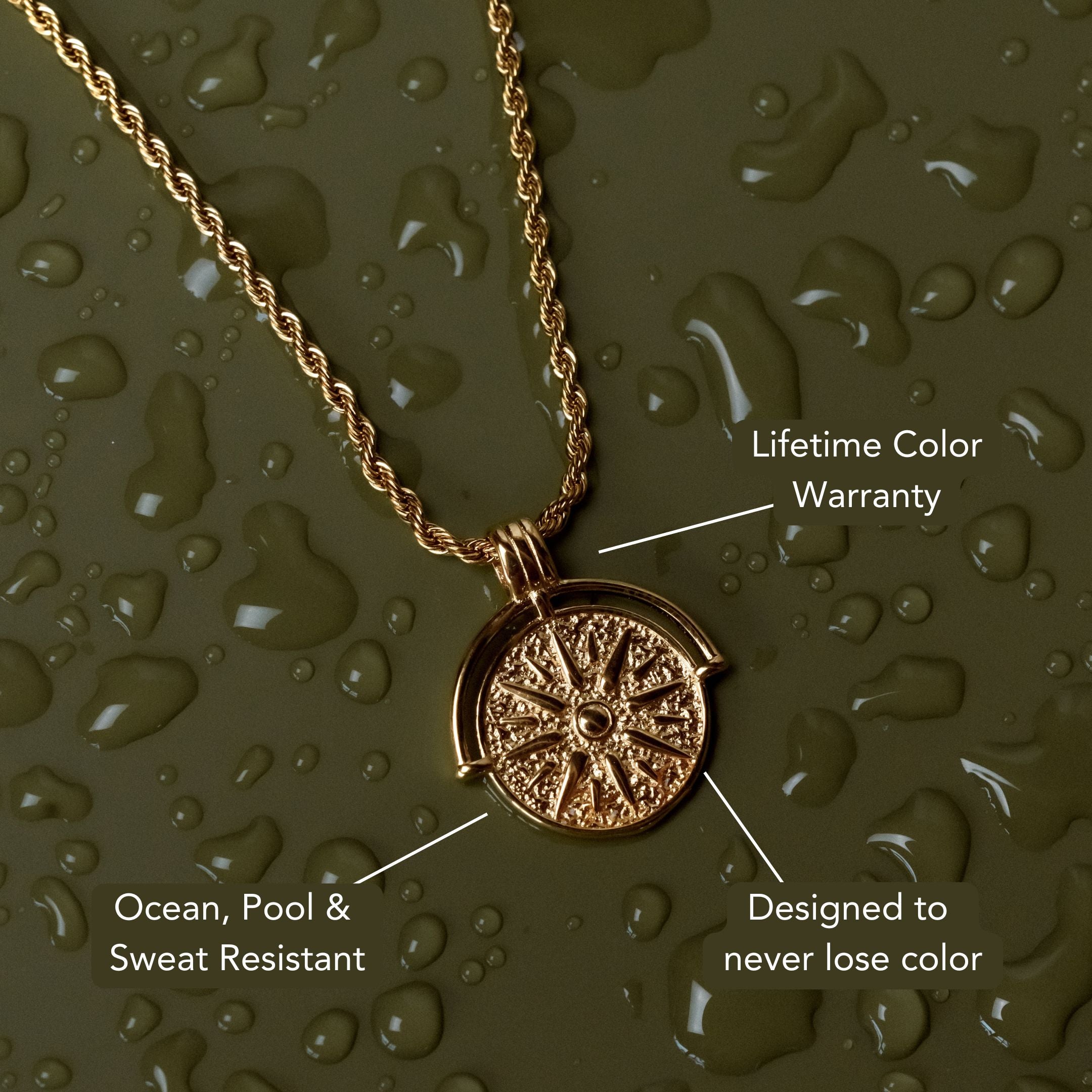
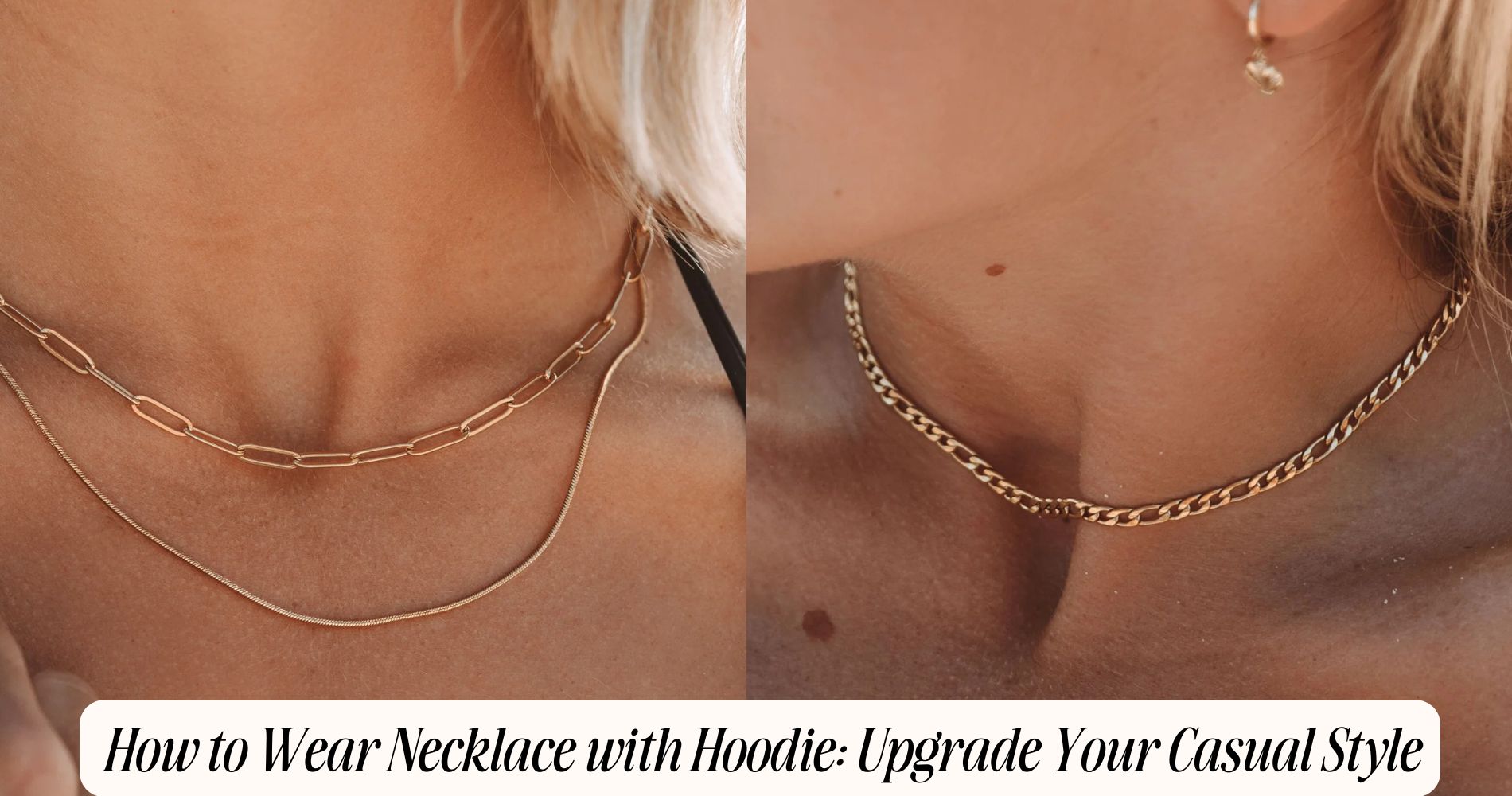
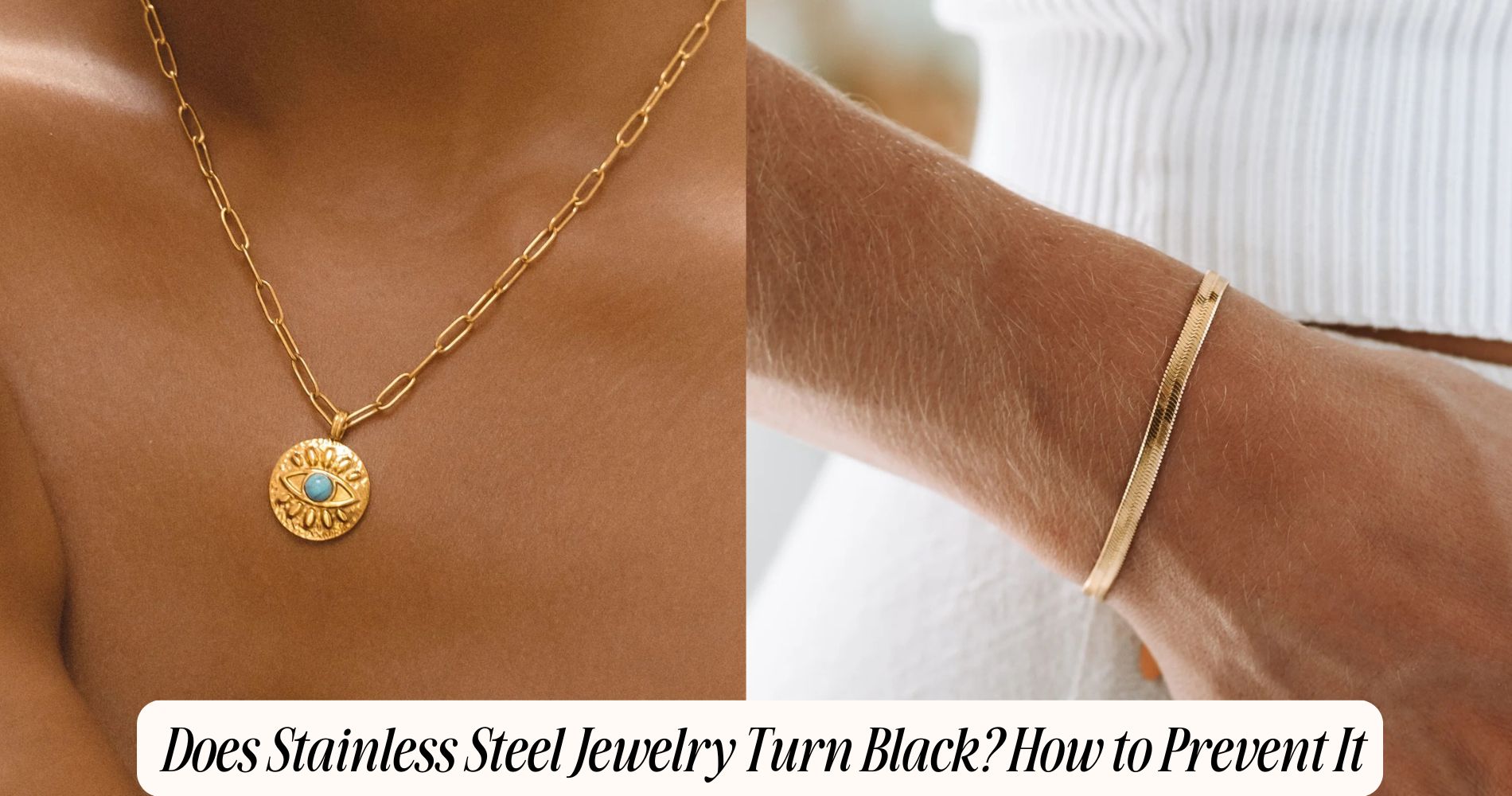




Leave a comment
This site is protected by hCaptcha and the hCaptcha Privacy Policy and Terms of Service apply.